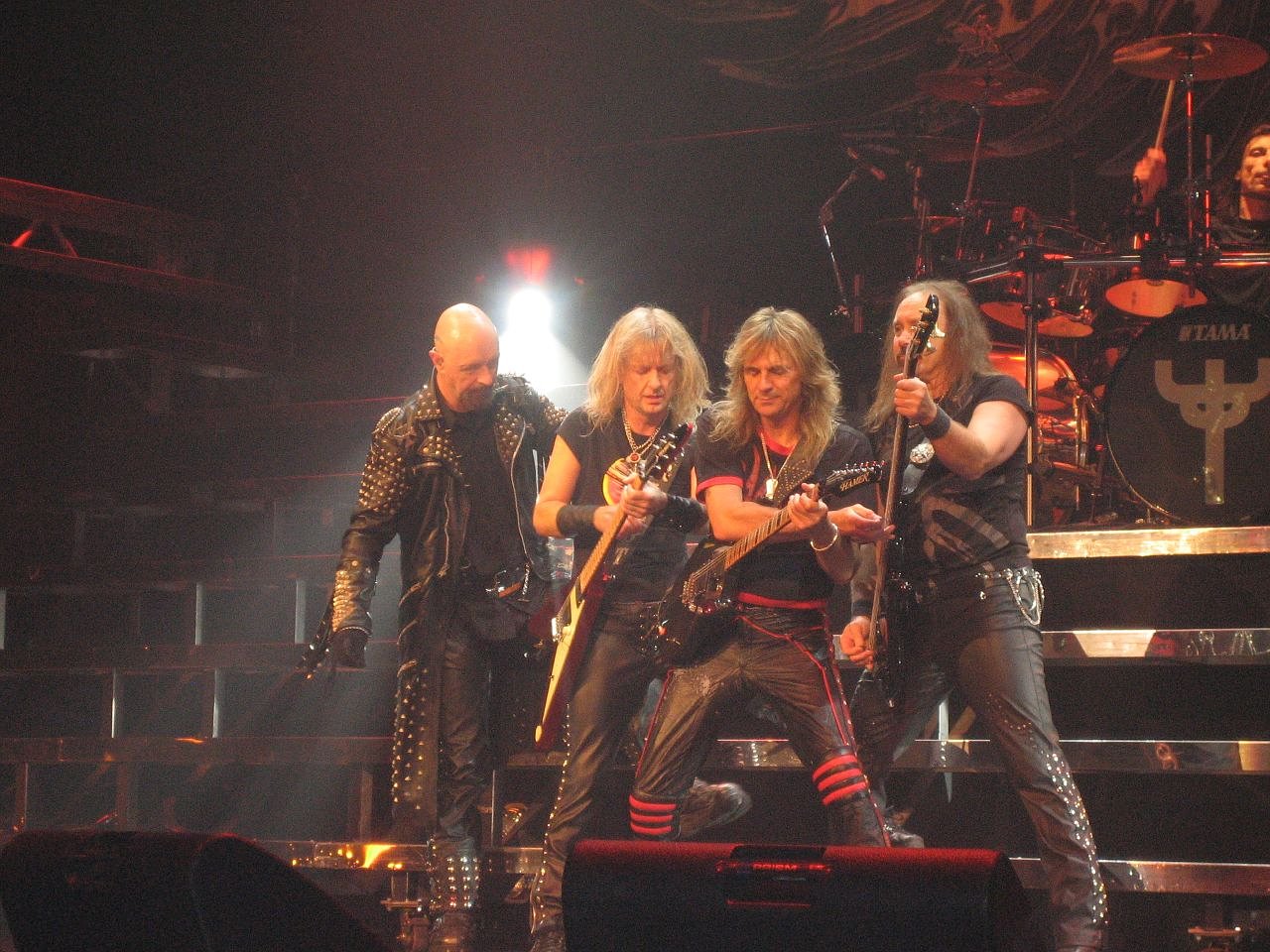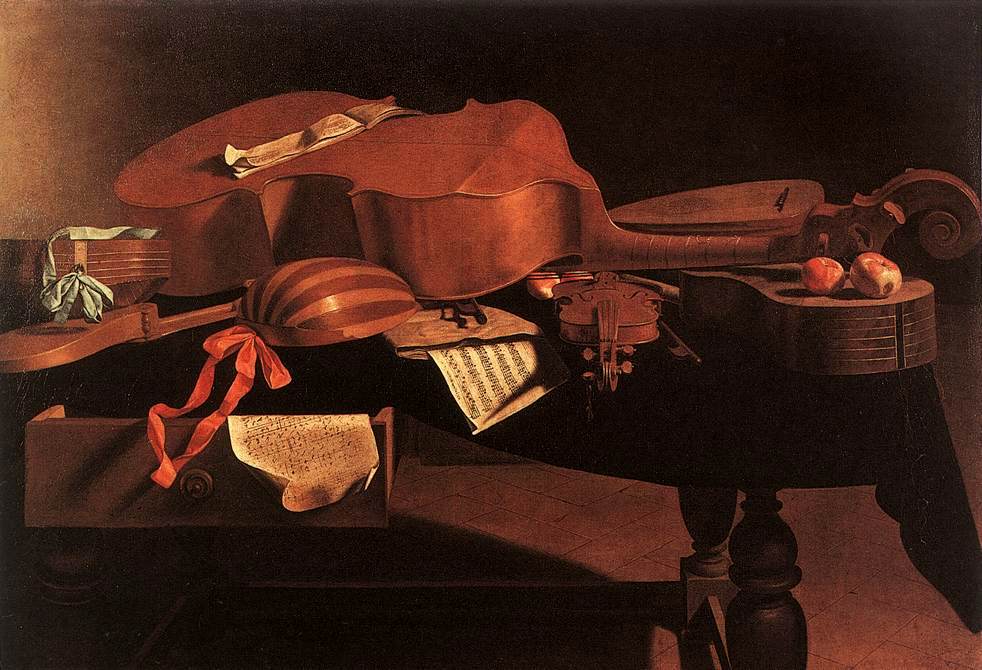|
Medieval Folk Rock
Medieval folk rock, medieval rock or medieval folk is a musical subgenre that emerged in the early 1970s in England and Germany which combined elements of early music with rock music. It grew out of the British folk rock and progressive folk movements of the late 1960s. Despite the name, the term was used indiscriminately to categorise performers who incorporated elements of medieval, renaissance and baroque music into their work and sometimes to describe groups who used few, or no, electric instruments. This subgenre reached its height towards the middle of the 1970s when it achieved some mainstream success in Britain, but within a few years most groups had either disbanded, or were absorbed into the wider movements of progressive folk and progressive rock. Nevertheless, the genre had a considerable impact within progressive rock where early music, and medievalism in general, was a major influence and through that in the development of heavy metal. More recently medieval fo ... [...More Info...] [...Related Items...] OR: [Wikipedia] [Google] [Baidu] |
Rock Music
Rock is a Music genre, genre of popular music that originated in the United States as "rock and roll" in the late 1940s and early 1950s, developing into a range of styles from the mid-1960s, primarily in the United States and the United Kingdom. It has its roots in rock and roll, a style that drew from the black musical genres of blues and rhythm and blues, as well as from country music. Rock also drew strongly from genres such as electric blues and folk music, folk, and incorporated influences from jazz and other styles. Rock is typically centered on the electric guitar, usually as part of a rock group with electric bass guitar, drum kit, drums, and one or more singers. Usually, rock is song-based music with a Time signature, time signature and using a verse–chorus form; however, the genre has become extremely diverse. Like pop music, lyrics often stress romantic love but also address a wide variety of other themes that are frequently social or political. Rock was the most p ... [...More Info...] [...Related Items...] OR: [Wikipedia] [Google] [Baidu] |
Neo-Medieval Music
Neo-medieval music is a modern popular music characterized by elements of medieval music and early music in general.Kreutziger-Herr, A. (2014, July 01). Medievalism. Grove Music Online. Retrieved 6 Feb. 2024. Music styles within neo-medieval music vary from authentic performance interpretations of medieval music (understood as Classical music) to crossover genres that blend medieval instruments, such as bagpipe, shawm and hurdy-gurdy with electronic music and rock. In many cases, it is more or less overlapping with styles such as folk rock, British folk rock and neofolk. Bands specializing in neo-medieval music are particularly plentiful in Germany, although the genre also enjoys some popularity in North America, the Czech Republic, the Netherlands, France, United Kingdom, Italy and the Scandinavian countries. History It is difficult to point to the exact origins of neo-medieval music. One could argue that all medieval-sounding tunes written after the Middle Ages are in some ... [...More Info...] [...Related Items...] OR: [Wikipedia] [Google] [Baidu] |
Dark Wave
Dark wave, or darkwave, is a music genre that emerged from the new wave and post-punk movement of the late 1970s. Dark wave compositions are largely based on minor key tonality and introspective lyrics and have been perceived as being dark, romantic and bleak, with an undertone of sorrow. Common features include the use of chordophones such as electric and acoustic guitar, violin and piano, as well as electronic instruments such as synthesizer, sampler and drum machine. Like new wave, dark wave is not considered an "unified genre but rather an umbrella term" that encompasses a variety of musical styles, including cold wave,Schilz, Andrea: ''Flyer der Schwarzen Szene Deutschlands: Visualisierungen, Strukturen, Mentalitäten.'' Waxmann Verlag, 2010, , p. 84."Dark Wave ist ein ... Oberbegriff für düstere Spielarten des Wave, der auch Gothic darunter subsumiert. Cold Wave bezeichnet eine Untergattung experimenteller, minimalistischer Elektronikmusik aus Frankreich." ethereal ... [...More Info...] [...Related Items...] OR: [Wikipedia] [Google] [Baidu] |
Heavy Metal Music
Heavy metal (or simply metal) is a Music genre, genre of rock music that developed in the late 1960s and early 1970s, largely in the United Kingdom and United States. With roots in blues rock, psychedelic rock and acid rock, heavy metal bands developed a thick, monumental sound characterized by distortion (music), distorted guitars, extended guitar solos, emphatic Beat (music), beats and loudness. In 1968, three of the genre's most famous pioneers – British bands Led Zeppelin, Black Sabbath and Deep Purple – were founded. Though they came to attract wide audiences, they were often derided by critics. Several American bands modified heavy metal into more accessible forms during the 1970s: the raw, sleazy sound and shock rock of Alice Cooper and Kiss (band), Kiss; the blues-rooted rock of Aerosmith; and the flashy guitar leads and party rock of Van Halen. During the mid-1970s, Judas Priest helped spur the genre's evolution by discarding much of its blues influence,Walser (1 ... [...More Info...] [...Related Items...] OR: [Wikipedia] [Google] [Baidu] |
Medievalism
Medievalism is a system of belief and practice inspired by the Middle Ages of Europe, or by devotion to elements of that period, which have been expressed in areas such as architecture, literature, music, art, philosophy, scholarship, and various vehicles of popular culture. Since the 17th century, a variety of movements have used the medieval period as a model or inspiration for creative activity, including Romanticism, the Gothic revival, the Pre-Raphaelite and Arts and Crafts movements, and neo-medievalism (a term often used interchangeably with ''medievalism''). Historians have attempted to conceptualize the history of non-European countries in terms of medievalisms, but the approach has been controversial among scholars of Latin America, Africa, and Asia. Renaissance to Enlightenment In the 1330s, Petrarch expressed the view that European culture had stagnated and drifted into what he called the "''Dark Ages''", since the fall of Rome in the fifth century, owing to amon ... [...More Info...] [...Related Items...] OR: [Wikipedia] [Google] [Baidu] |
Progressive Rock
Progressive rock (shortened as prog rock or simply prog) is a broad genre of rock music that primarily developed in the United Kingdom through the mid- to late 1960s, peaking in the early-to-mid-1970s. Initially termed " progressive pop", the style emerged from psychedelic bands who abandoned standard pop or rock traditions in favour of instrumental and compositional techniques more commonly associated with jazz, folk, or classical music, while retaining the instrumentation typical of rock music. Additional elements contributed to its " progressive" label: lyrics were more poetic, technology was harnessed for new sounds, music approached the condition of " art", and the studio, rather than the stage, became the focus of musical activity, which often involved creating music for listening rather than dancing. Progressive rock includes a fusion of styles, approaches and genres, and tends to be diverse and eclectic. Progressive rock is often associated with long solos, exte ... [...More Info...] [...Related Items...] OR: [Wikipedia] [Google] [Baidu] |
Baroque Music
Baroque music ( or ) refers to the period or dominant style of Classical music, Western classical music composed from about 1600 to 1750. The Baroque style followed the Renaissance music, Renaissance period, and was followed in turn by the Classical period (music), Classical period after a short transition (the Galant music, galant style). The Baroque period is divided into three major phases: early, middle, and late. Overlapping in time, they are conventionally dated from 1580 to 1650, from 1630 to 1700, and from 1680 to 1750. Baroque music forms a major portion of the "Western art music, classical music" Western canon, canon, and continues to be widely studied, performed, and listened to. The term "baroque" comes from the Portuguese word ''barroco'', meaning "baroque pearl, misshapen pearl". Key List of Baroque composers, composers of the Baroque era include Johann Sebastian Bach, Antonio Vivaldi, George Frideric Handel, Georg Philipp Telemann, Domenico Scarlatti, Claudio Monte ... [...More Info...] [...Related Items...] OR: [Wikipedia] [Google] [Baidu] |
Renaissance Music
Renaissance music is traditionally understood to cover European music of the 15th and 16th centuries, later than the Renaissance era as it is understood in other disciplines. Rather than starting from the early 14th-century ''ars nova'', the music of the Trecento, Trecento music was treated by musicology as a coda to medieval music and the new era dated from the rise of triad (music), triadic harmony and the spread of the ''contenance angloise'' style from the British Isles to the Burgundian School. A convenient watershed for its end is the adoption of basso continuo at the beginning of the Baroque music, Baroque period. The period may be roughly subdivided, with an early period corresponding to the career of Guillaume Du Fay (–1474) and the cultivation of cantilena style, a middle dominated by Franco-Flemish School and the four-part textures favored by Johannes Ockeghem (1410s or '20s–1497) and Josquin des Prez (late 1450s–1521), and culminating during the Counter-Reformat ... [...More Info...] [...Related Items...] OR: [Wikipedia] [Google] [Baidu] |
Medieval Music
Medieval music encompasses the sacred music, sacred and secular music of Western Europe during the Middle Ages, from approximately the 6th to 15th centuries. It is the Dates of classical music eras, first and longest major era of Western classical music and is followed by the Renaissance music; the two eras comprise what musicologists generally term as early music, preceding the common practice period. Following the traditional division of the Middle Ages, medieval music can be divided into #Early medieval music (500–1000), Early (500–1000), #High medieval music (1000–1300), High (1000–1300), and #Late medieval music (1300–1400), Late (1300–1400) medieval music. Medieval music includes liturgical music used for the church, other sacred music, and secular music, secular or non-religious music. Much medieval music is purely vocal music, such as Gregorian chant. Other music used only instruments or both voices and instruments (typically with the instruments accompanime ... [...More Info...] [...Related Items...] OR: [Wikipedia] [Google] [Baidu] |
Rock Music
Rock is a Music genre, genre of popular music that originated in the United States as "rock and roll" in the late 1940s and early 1950s, developing into a range of styles from the mid-1960s, primarily in the United States and the United Kingdom. It has its roots in rock and roll, a style that drew from the black musical genres of blues and rhythm and blues, as well as from country music. Rock also drew strongly from genres such as electric blues and folk music, folk, and incorporated influences from jazz and other styles. Rock is typically centered on the electric guitar, usually as part of a rock group with electric bass guitar, drum kit, drums, and one or more singers. Usually, rock is song-based music with a Time signature, time signature and using a verse–chorus form; however, the genre has become extremely diverse. Like pop music, lyrics often stress romantic love but also address a wide variety of other themes that are frequently social or political. Rock was the most p ... [...More Info...] [...Related Items...] OR: [Wikipedia] [Google] [Baidu] |








